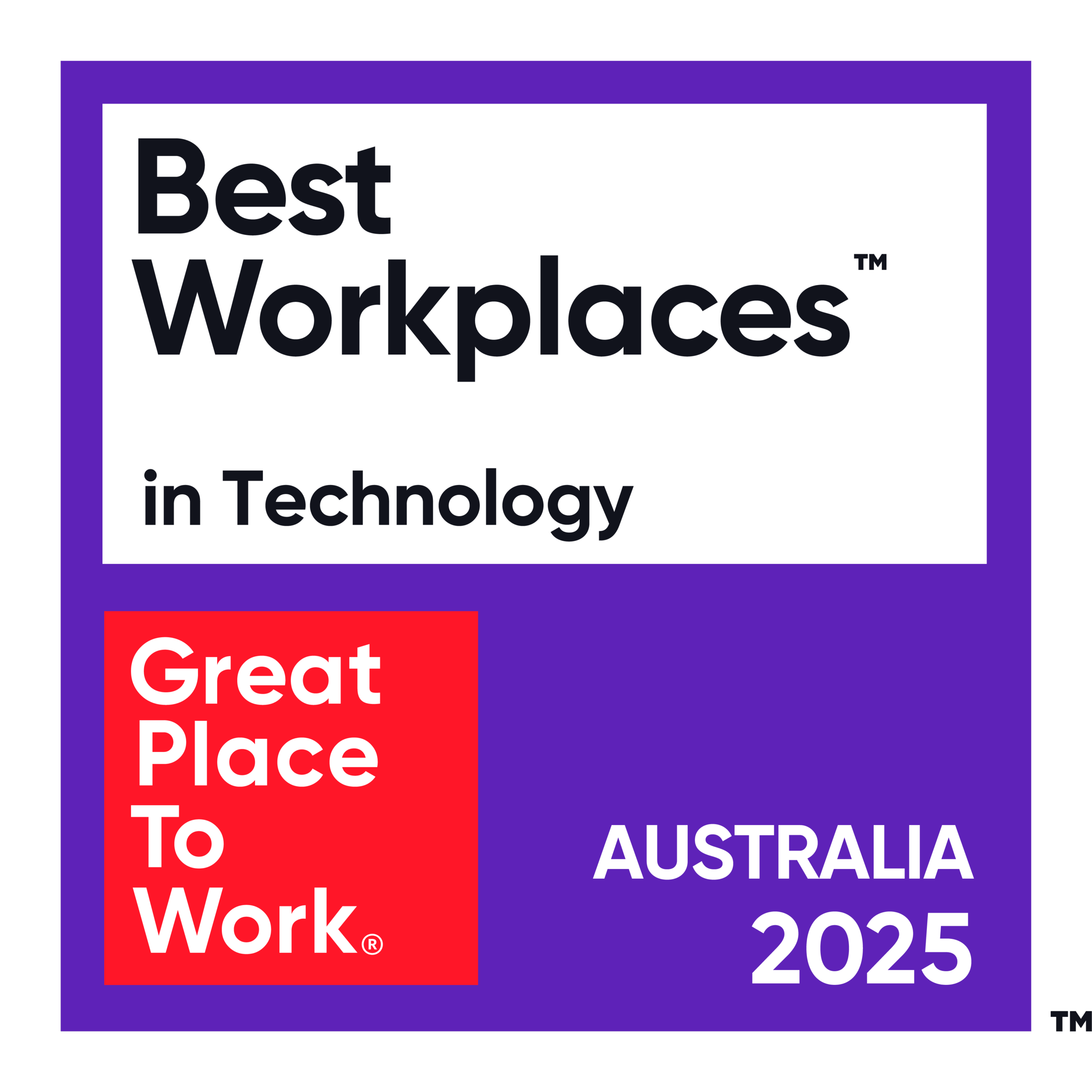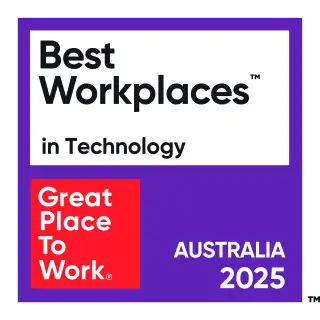Ying Loong Lee, Managing Director and Head of Protective Services and Strategic Operations Technology from Certis Australia, recently spoke at Forrester Technology & Innovation APAC about their digital transformation journey in their Australian division.
Certis acquired BRI Security in 2016, bringing Ying Loong Lee and his family to Australia from Singapore. His mission was to oversee, manage and transform the company’s combined operations. Certis Australia embarked on a successful transformation journey, and he shares his story and the secrets to his success. It was challenging but ultimately worth it.

“We realised that we can actually use technology to help people in the way we deal with all these challenges. And that is what we did when we came to Australia, we started to try to pivot the entire business to adopt technology solutions to fix all these issues.”
The security industry has the usual challenges of meeting compliance regulation, streamlining operational management and building trust with customers and employees.
The complexity in Australia is that every State has its own regulation and standards. Also, every customer has different ways of working, creating a complex matrix of requirements that were impossible to satisfy with an off-the-shelf software package
“The key to making a difference to our customers and our staff is understanding the challenges they face on the ground. Then use technology from the very first line of code to design the solution that fits their requirements. That is highly catered to the level of expertise that they have and are trained in, and is intuitive for them to use from the user interface and user experience perspective”.
This philosophy in Ops Tech (Operations Technology) is how they drive their technology evolution.
“When we first came to Australia in 2016, one of our major customers was Sydney Trains. We have hundreds of security officers across Sydney on the train network. They all come in at a certain time of day and take over someone else’s shift. That’s called a cold start. We have to be very clear that whoever is deployed on the ground is complying with all of the regulations. We need to know exactly who the person is and if they are on time. We need to know if they are exactly at the right location to deliver the Security Service expected. To do that, we needed a highly intuitive system because we require the security officers on the ground to interact with the solution. When we went around the market and looked for a Software as a Service (SaaS) to deliver that, we couldn’t find one.
We couldn’t find one primarily because of the compliance and the interpretation required behind the data. We looked around about how to build it, and we decided to use this platform called OutSystems. OutSystems allowed us to use low-code development. This began our journey of highly iterative, very exciting and innovative sprints with our customers”.
This was the approach that drove the evolution of their award-winning solution, BOSS (Business Online Support System).

The first version of BOSS was developed quickly, in just 12 weeks, relying heavily on their OutSystems partner, PhoenixDX.
“The story today is not about the system, the story is about the journey to get the system. We decided to grow our IT development team and rely heavily on our outsourcing of systems development partner, PhoenixDX. We rely heavily on the platform and the best practice across the globe, building this in a very quick and iterative manner while learning from it.
We have been through a lot of lines of code. We have gone through a lot of pain in the way we implemented change, and we are clear about what we need to do next. Very importantly, we were very transparent with our customers. We explained to them what we wanted to do and how we intended to achieve it. What were the milestones they could expect to see, and when change management hit an obstacle, we communicated that clearly.
I feel that this is the key part of change management in any technology-enabled journey. To go to the customer and explain the challenges or the assumptions and how things will unfold. It’s important to be prepared to say okay, sorry, we made a wrong assumption. Sorry, the data shows this is not happening. We need to change this, we need to change that, and we need to do it very quickly.
Customers are very fearful of change. Being disruptive is highly uncomfortable for many customers. We have to recognise that the key challenge is to have an empowered software development team that really understands your business, not just the IP development side. They’re not just coders; they strongly understand the business model”.
Transforming a business through custom software has its challenges, according to Ying Loong:
- “How do we control and manage expectations?
- How do we build software fast that is extremely high quality? Very rigorous testing.
- How do you manage tech debt? Because the faster you go, you accumulate tech debt, and that’s not good. We needed to strike a good balance. No customer wants to hear about this. They want to hear what is good and what’s working for them.”
Another key factor for his success in this journey was engagement with managers, customers and users on the ground. The team included their own developers, Ops Tech managers, and the PhoenixDX team, creating a culture of change and constant user experience improvement.
“We spent a lot of effort ensuring the security officers could express their fears, express their discomfort in the new way of doing things.
Most of them were from operational management, they came from the security industry. They knew how to do rosters. They knew how to lead people as managers. They had developed a passion for technology over the years and for communicating with people about technology.
What they do is take the technology to the ground, talk to the officers and say: ‘Okay, why are you not doing this? Why are you struggling with that?’ From those discussions, they brought these experiences back to the development table and shared what they had learned from the officers and that there was a better way to do something. Then we made significant improvements to our user interfaces, to the way we collected the data, and deployed the solutions.
These offset discussions and conversations that we had with our customers and our staff have been a key component in our journey. It actually helped us grow very quickly.
Riding on the success we’ve seen in Sydney trains, we have many other successes. I’m happy to share a story about when we took over a major international airport.
We ran Sydney airport, so we were very good at running security in an airport. When we went to this airport, we thought, okay, we knew how to run it. We have all these ideas, Standard Operating Procedures (SOPs) that we can translate, and all these digital solutions that we can implement… but when we went there, again, not surprisingly, the customer had their own unique take on how to get things done.
The software that we wanted to deploy was not 100% compatible with their system, there were too many things to do and only three weeks to deploy. We could either rewrite the entire software or make a painful effort to adjust to the software that we had. I have to congratulate the spirit of the team; they said rewriting it was faster. So we did sprints of five to six days taking on the entire wishlist. We deployed a beta version in 3.5 weeks, and we met the tight timeline that was impossible, right? “
This hybrid model of the Certis team working in partnership with PhoenixDX allowed them to deploy high-quality software quickly.
We have the customers totally impressed with how we can deliver things in a very short period of time. They were very, very impressed with their jaws on the floor. Not just about the speed, the way the software was developed so quickly, but the total understanding of what the customer wanted from us overlaid with our many, many years of security experience.
Operational DNA and our knowledge of how security should work are quite clear in the way we design applications. When we deployed, the customer could see that the change managers worked very well because we control the training of the staff, we control the development, we control changes after deployment. All this expertise and in-house capability allowed us to support the customer better.
I hope you get encouraged by our journey. If you have a software journey that you want to take yourself, please go in knowing that you will have a lot of obstacles to clear, but with passion, with energy, with the ability to connect, listening to your staff, to your development teams, the operation teams and most importantly, your customers, you will have a lot of success. When you look back, you will never regret it.
I hope you have enjoyed our journey so far.
For more information about Certis BOSS Digital Product Suite, please read this case study.







